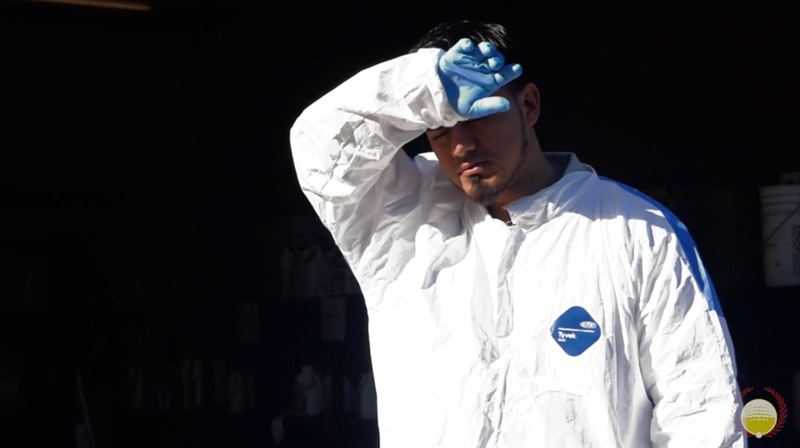
Photos courtesy of Golf Safety
Editor’s note: The following article was supplied by Golf Safety. All product claims, research cited and other information is directly from the company.
This summer has been ... sweltering. And that means the job of golf course maintenance crews has been a whole lot more challenging. As a golf course superintendent, you have a legal and moral obligation to train your crew and to do your best to prevent your crew from experiencing heat-related illnesses. The following article will cover the types of heat illness, how to recognize the symptoms, and how to protect members of your crew from falling victim to heat illness.
What is heat illness?
Heat illness occurs when the body is no longer able to dissipate heat effectively. In other words, sweat is no longer able to assist in cooling the body down, and a person’s temperature will continue to rise. There are four types of heat illness, and symptoms can vary from mild discomfort to life-threatening symptoms. As is the case with all occupational hazards, prevention is always the best measure of protection.
Heat illness is usually caused by hot weather, the effects of which can be amplified by strenuous physical activity. According to the Occupational Safety and Health Administration (OSHA), more than half of severe heat illness-related incidents in the workplace happen within the first few days of an employee entering a new physically demanding role. Allowing crew members the time and training to acclimatize will assist in preventing any illness caused by the transition into a new position or newly high temperatures. “Heat acclimatization” refers to the process of allowing the body time to get used to high-heat conditions.

Types of heat illness
Heat illness symptoms vary, indicating a differing degree of severity in the individual’s exposure to high temperatures. It is important to note that some of these symptoms are nonspecific, so a crew member does not need to be showing all of them to be considered a victim of heat stress.
1. Heatstroke
Heatstroke is the most severe heat-related illness. Its symptoms include confusion, slurred speech, unconsciousness, seizures, heavy sweating or hot, dry skin, a very high body temperature, and a rapid heart rate. If anyone on your golf course experiences heatstroke, call 911 immediately and then attempt to bring their temperature down. We’ll talk more about how to cool a person down in a bit.
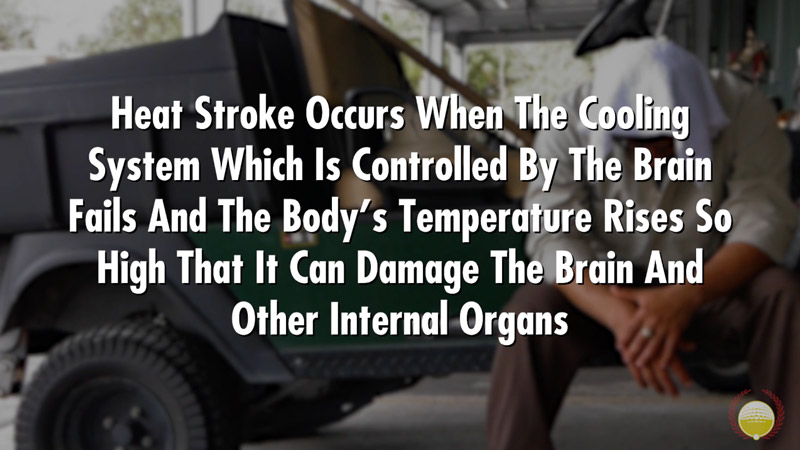
2. Heat exhaustion
Heat exhaustion is a dangerous form of heat illness, and if unmonitored or mistreated, it can progress to heatstroke. You must monitor and treat anyone experiencing heat exhaustion while waiting for professional medical assistance to arrive. Symptoms may include fatigue, irritability, thirst, nausea or vomiting, dizziness or lightheadedness, heavy sweating, elevated body temperature, or fast heart rate.
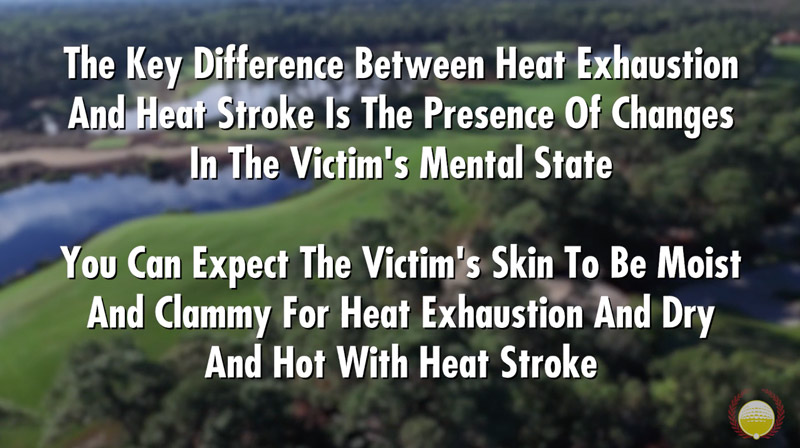
3. Heat rash
Heat rashes are among the easiest forms of heat illness to identify. However, the condition is still severe and requires immediate attention. Heat rash most commonly occurs on the upper chest, neck and skin folds. We strongly suggest showing your crew an image of heat rash, as it will be visually noticeable on the body but may appear in areas hidden by clothing.
4. Heat cramps
Heat cramps are often misdiagnosed as muscle cramps and occur in the torso, arms and legs. Heat cramps indicate acute dehydration, which you must treat immediately to avoid permanent muscular or neurological damage.
Identifying high-risk crew members
As humans, our health and subsequent needs vary. You must identify any crew members who may be more susceptible to heat illnesses. All crew members must attend safety training for heat illness prevention. However, crew members who have a higher risk of falling ill will require special attention. These crew members must pay extra attention to symptoms of heat illness and maintain their hydration at all times.
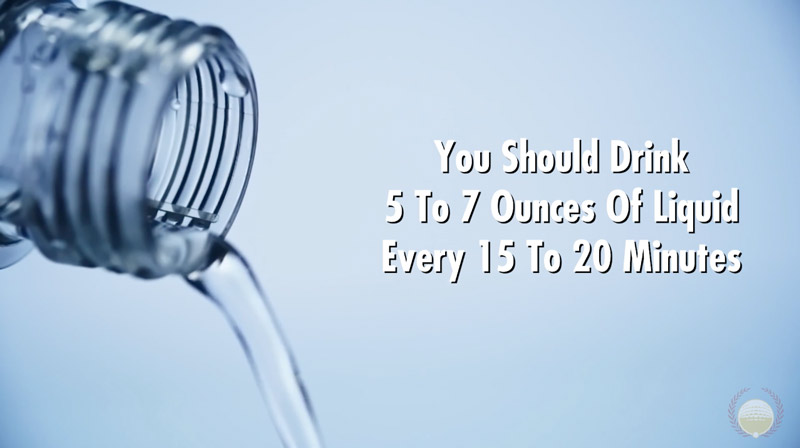
Crew members who are at higher risk may be affected by one or more of the following conditions:
- Lower level of physical fitness
- Heart conditions
- High blood pressure
- Heart disease
- Diabetes
- Obesity
In addition, crew members may be at a higher risk if they are on medication that affects hydration levels or conceals the symptoms of heat illness.
Heat illness prevention methods for your golf course
Prevention is always better than a cure. It’s at this time that we’d like to remind you of OSHA’s three Ds: Document, document and document. That’s right — you should have a written heat illness safety plan specific to your golf course.
Among many other things, your safety plan should include:
- Documented heat illness safety training for all crew members.
- Heat acclimatization practices for new crew members and all crew members in summer.
- An adjusted work schedule to minimize the heaviest labor during the hottest part of the day.
- Documentation of an increase in the use of shade canopies on machinery and encouragement of crew members to take more frequent breaks.
- Documentation of providing cold water and electrolyte beverages to encourage your crew to stay hydrated throughout the day.
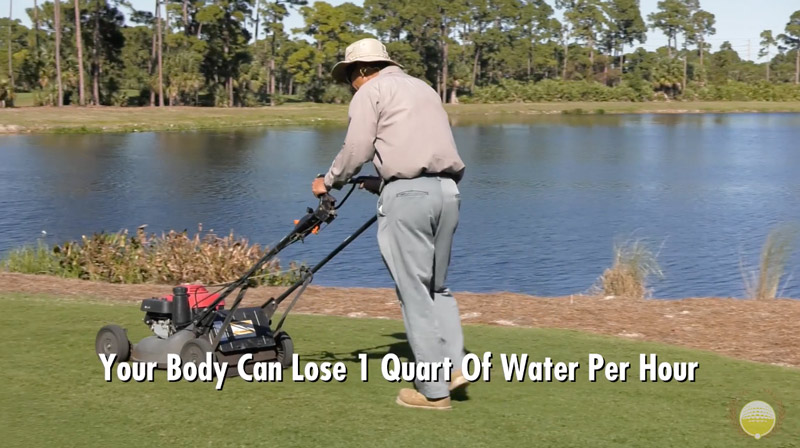
How to treat heat illness on the golf course
Every case of heat illness must be considered severe and treated accordingly. All crew members must be trained in heat illness symptoms so that the whole team can be alert. It is imperative to act fast and to attempt to cool the person down. If the symptoms of their heat illness remain severe, contact emergency services immediately.
Follow these steps to treat heat illness:
- Take the person to a cooler or more shaded area, preferably in the AC.
- Use active cooling techniques on the person, such as submerging them in a water or ice bath. You can also practice active cooling by removing the individual’s outer layers of clothing; placing wet towels on their head, neck, lap and armpits; and using fans to keep air circulating.
- Stay with the person and observe them, as symptoms of heat illness are known to worsen without warning and rapidly.
- If the initial symptoms are severe, call 911 immediately. If they are less aggressive but do not diminish or start worsening during active cooling, call 911.
If the person begins to slur their speech, becomes confused or unconscious, or is new and has not yet undergone heat acclimatization, call emergency services immediately. These are the situations in which fatalities are most likely to occur. If you’d like detailed and specific training on these circumstances, you can find it in Golf Safety’s extensive library of safety training videos.
A note about calling 911
There is almost always a moment in an emergency situation where you ask yourself, “Is this important enough to call 911?” And then a moment when you think, “Maybe, but maybe not.” This is the time to call 911. If you’re having difficulty making the decision, call now. Remember: It’s not up to the victim to decide; it’s your responsibility as a manager.
Maintaining a safety plan takes a lot of time and effort, but you don’t have to do it alone. Golf Safety creates custom employee health and safety programs that include specific safety rules and policies suited to your golf course. Golf Safety provides you with a safety program you can have confidence in. Schedule a demo if you’d like to find out more about our custom safety plans and safety training.